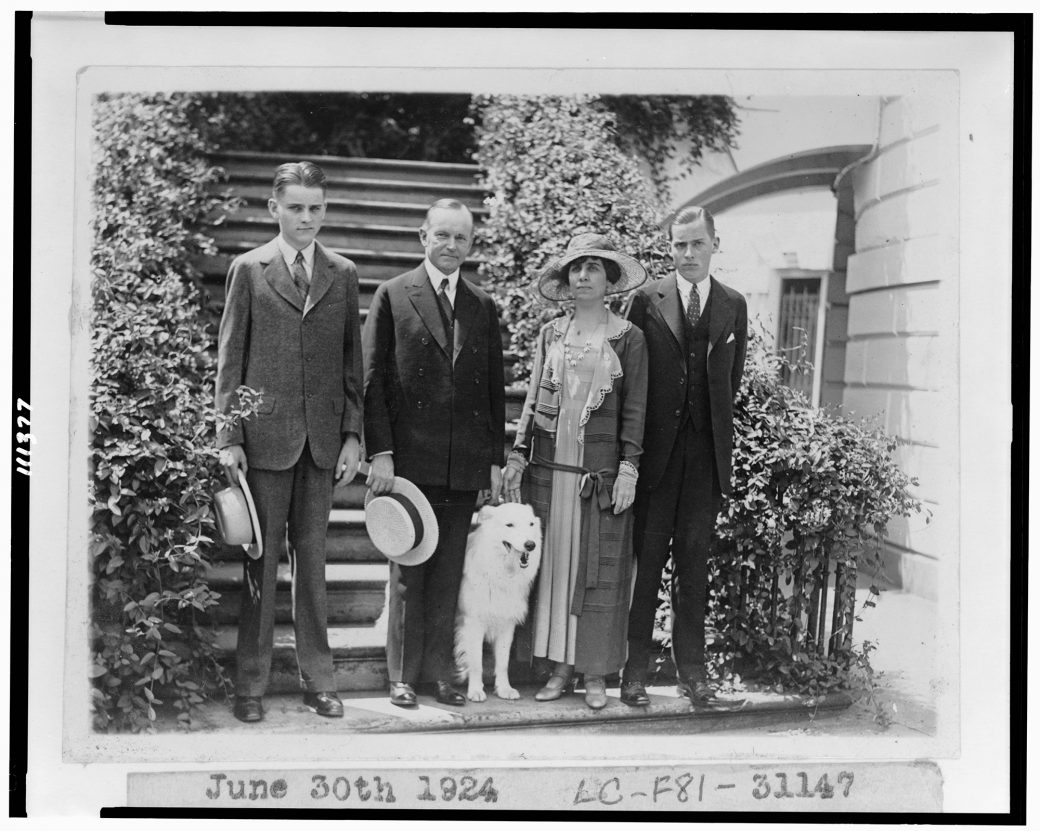The year was 1924, the 16-year-old son of the president of the United States lay dying, and a bacterial infection in a blister on the third toe of his right foot was to blame. It developed earlier in the week, while he was out playing tennis on the White House lawn with his brother. Many of the best doctors of the day were consulted, multiple diagnostic tests were run, and he was admitted to one of the top hospitals in the country. Despite all that, he died within a week of infection. Sadly, the case of Calvin Coolidge’s son was not unusual. Deaths from sepsis following the infection of a minor cut or blister were extremely common at the time and no amount of wealth or power could save a patient.

Calvin Coolidge’s 16-year-old son stands on the far left. Image taken shortly before his infection.
Just four years later, Alexander Fleming discovered penicillin – the world’s first antibiotic. Since then, one study estimates, penicillin has saved around 82 million lives. Antibiotics and other medical advancements have helped to raise global average life expectancy to an all-time high. Today, antibiotics are readily available for a few dollars at your local drugstore and around the world, and death from sepsis is much rarer than it once was. Access to antibiotics is just one of many ways in which an average person today is better off than the rich and powerful were a century ago.

